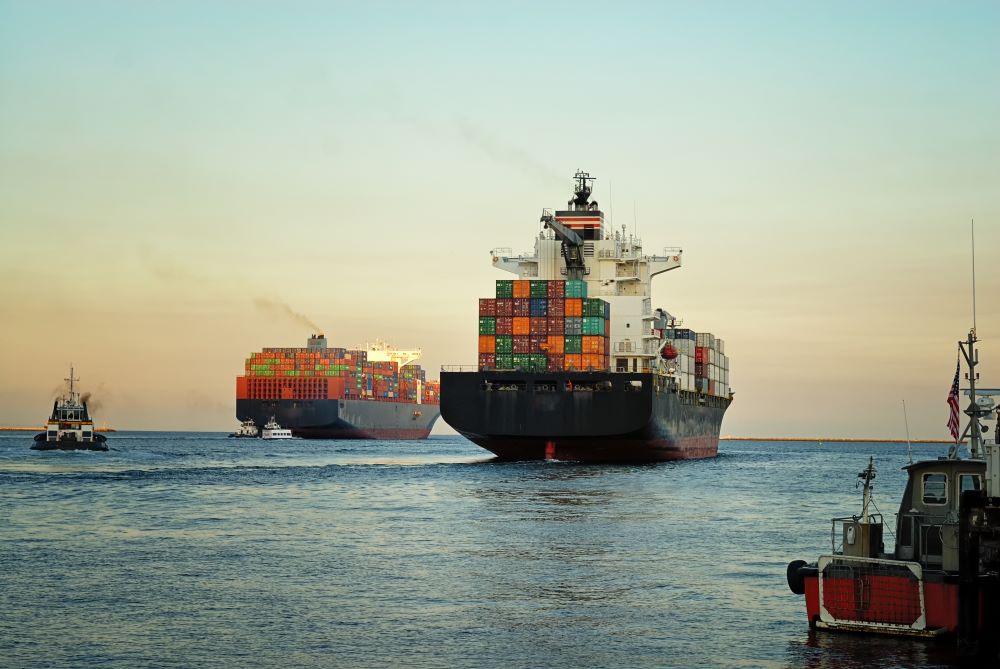
Ocean freight spot prices may finally have peaked, according to the authoritative Drewry’s World Container Index.
After 22 consecutive weeks of increases, the index stopped its rise this week at a rate of $10,377.19 per 40ft container, which is 299% higher than the same week last year.
Lloyds Loading List reports that Drewry notes the flattening of spot prices “comes following the announcement by CMA-CGM and Hapag-Lloyd to put a halt in increment of spot rates, as container prices on most trade lanes are at record highs”.
Rate cap
As covered in the IOE&IT Daily Update, French shipping giant CMA-CGM has capped its spot rates until February 2022, with Hapag-Lloyd also freezing its rates.
Drewry said it expects rates to remain steady in the coming week.
Online shipping marketplace Freightos also noted a flattening in prices this week, which it attributes partially to lowered risk of disruption from Typhoon Chenthu as the weather system “shifted east before making landfall near Shanghai last week”.
US port disruption
However, trans-pacific freight capacity is being affected by hold-ups at Los Angeles and Long Beach ports, which handle around 40% of cargo entering the US.
Sky reports that around 70 ships are stuck waiting to get into the ports and unload (story photo shows containers in LA Harbour). A shortage of trucks and drivers to unload the containers is being blamed.
Despite expanding driver hours to maximise night operations, it is feared that the situation at the ports will continue into 2022.
According to online shipping marketplace, Freightos, overwhelmed trucking, warehouse and rail logistics are contributing to the port delays. It told Bloomberg that China-US shipments were taking an average of 71 days, compared with 40 days two years ago.
Shared risk
Also in Lloyds Loading List, there is a warning that prices could continue to escalate due to “creative” use of surcharges, which can be 70%-80% of the total freight cost.
Jesper Thomsen, founder of e-thomsen and a 23-year Maersk executive told a webinar that historically, surcharges had been a way of sharing risk if something went wrong operationally, however they lack transparency and were often not known about until a booking was completed.
“Carriers are very creative and the surcharges you are seeing now are a result of the extreme situation you are seeing. They are not going to not take advantage of that,” he said.


